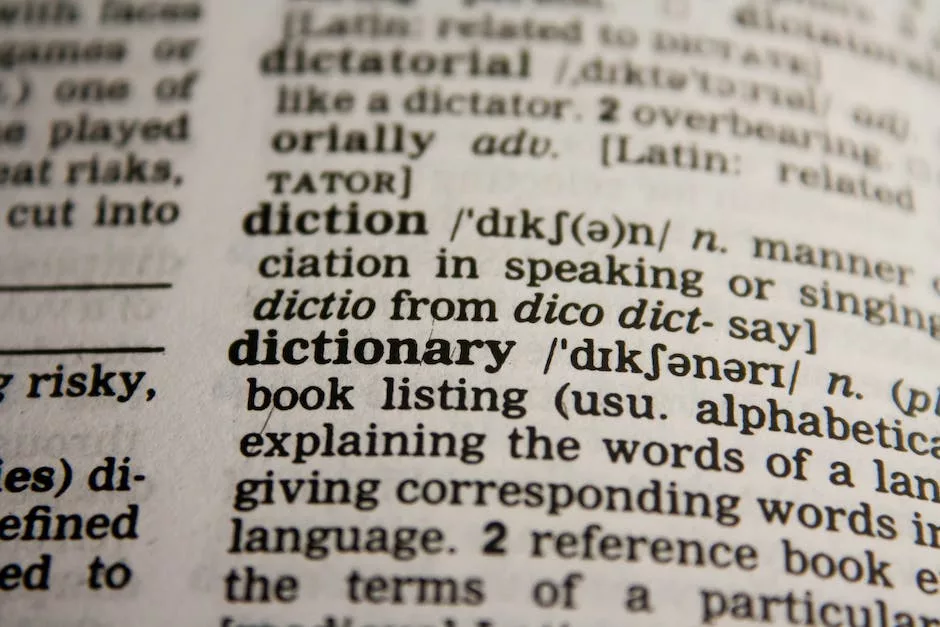Introduction
Language analysis is a crucial field that aims to understand and interpret human language. It involves examining various linguistic aspects, such as grammar, syntax, semantics, and pragmatics, to gain insights into the meaning and structure of texts. In order to conduct accurate and comprehensive language analysis, it is essential to have access to the actual text being analyzed. This text serves as the primary source of information and allows researchers to delve into the intricacies of language, uncover patterns, and make informed conclusions. Therefore, providing text for language analysis is of utmost importance as it forms the foundation for studying and understanding human communication.
The Benefits of Textual Data in Language Analysis

Language analysis is a fascinating field that involves studying and understanding the intricacies of language. From deciphering the meaning behind a simple sentence to unraveling the complexities of a literary masterpiece, language analysis allows us to delve into the depths of communication. But what makes language analysis even more interesting is the use of textual data. Yes, that’s right, text! The written word holds a wealth of information that can provide valuable insights into language and its usage. So, let’s explore the benefits of using text in language analysis, shall we?
First and foremost, text provides a treasure trove of data for language analysis. Whether it’s a novel, a newspaper article, or even a tweet, every piece of text contains a multitude of linguistic features that can be examined and analyzed. From the choice of words to the sentence structure, text offers a rich source of information that can help us understand how language works. And let’s not forget about the humor that can be found in text. After all, what’s more entertaining than analyzing the clever wordplay and witty banter in a comedy sketch or a satirical article?
But it’s not just about the entertainment value. Textual data is also crucial for studying language variation and change. By analyzing a large corpus of texts from different time periods or regions, linguists can identify patterns and trends in language usage. This can help us understand how language evolves over time and how it varies across different communities. And let’s face it, studying language variation can be quite amusing. Just think about the differences between British English and American English, or the unique slang used in different subcultures. It’s like exploring a linguistic playground!
Furthermore, text allows us to examine the social and cultural aspects of language. By analyzing the language used in different genres or contexts, we can gain insights into the values, beliefs, and norms of a particular society. For example, analyzing the language used in political speeches can reveal the ideologies and rhetoric strategies employed by politicians. And let’s not forget about the humor that can be found in political discourse. From witty comebacks to hilarious gaffes, politics is a goldmine for linguistic analysis and amusement.
Textual data also plays a crucial role in natural language processing and machine learning. By training algorithms on large amounts of text, researchers can develop models that can understand and generate human-like language. This has numerous applications, from chatbots that can engage in natural conversations to language translation systems that can bridge the gap between different cultures. And let’s not forget about the funny mishaps that can occur when machines try to understand and generate language. Who hasn’t laughed at the hilarious and sometimes nonsensical responses of virtual assistants?
In conclusion, text is an invaluable resource for language analysis. It provides a wealth of data that can be examined and analyzed to gain insights into language usage, variation, and change. Moreover, text allows us to explore the social and cultural aspects of language and provides a foundation for natural language processing and machine learning. So, the next time you come across a piece of text, remember that it’s not just words on a page. It’s a window into the fascinating world of language analysis, where humor and knowledge go hand in hand.
How Text Enhances Language Analysis Accuracy
Language analysis is a fascinating field that involves examining the intricacies of language to gain insights into various aspects of communication. From deciphering the meaning behind a simple sentence to unraveling the complexities of a literary masterpiece, language analysis allows us to delve into the depths of human expression. But what many people fail to realize is that providing text is crucial for accurate language analysis. Without text, it’s like trying to solve a puzzle without any puzzle pieces – you’re left with a jumble of ideas and no way to make sense of them.
Imagine you’re a language analyst, sitting at your desk, ready to dive into the depths of linguistic exploration. You’re armed with your trusty magnifying glass and a cup of coffee, ready to decipher the hidden meanings within a text. But wait, there’s no text! How can you possibly analyze language without any words to analyze? It’s like trying to catch a fish without a fishing rod – you’re left floundering in the water, desperately grasping at nothing.
Text provides the foundation for language analysis. It gives us something concrete to work with, a starting point from which we can unravel the mysteries of language. Without text, we’re left with nothing but speculation and guesswork. It’s like trying to solve a murder mystery without any clues – you’re left with a bunch of suspects and no way to connect them to the crime.
But providing text isn’t just important for the sake of having something to analyze. It also enhances the accuracy of language analysis. When we have text, we can examine the specific words and phrases used, the structure of sentences, and the overall context in which the language is being used. This allows us to make more informed and precise conclusions about the meaning and intent behind the language.
Think of it this way: without text, language analysis is like trying to hit a bullseye blindfolded. You might get close, but you’ll never hit the mark with any real accuracy. But with text, it’s like having a target right in front of you – you can aim your analysis directly at the heart of the matter and hit the bullseye every time.
Providing text also allows us to consider the nuances of language. Words can have multiple meanings, and without text, it’s impossible to determine which meaning is intended. For example, the word “run” can refer to physical activity, a political campaign, or even a snag in a pair of stockings. Without the context provided by text, we’re left to guess which meaning is being conveyed, and our analysis becomes nothing more than a shot in the dark.
So, the next time you’re asked to provide text for language analysis, remember its importance. Without text, we’re left floundering in a sea of uncertainty, grasping at straws and hoping for the best. But with text, we can dive into the depths of language, armed with the tools we need to unravel its mysteries. So, let’s embrace the power of text and unlock the true potential of language analysis. After all, as language analysts, we’re not just deciphering words – we’re unlocking the secrets of human expression, one text at a time.
The Role of Text in Understanding Linguistic Patterns
Language analysis is a fascinating field that allows us to delve into the intricacies of how we communicate. From studying the structure of sentences to deciphering the meaning behind words, language analysis provides us with valuable insights into the way we use language. But what many people fail to realize is that text plays a crucial role in understanding linguistic patterns. Without text, language analysis would be like trying to solve a puzzle without any pieces.
Imagine, if you will, a world without text. No books, no articles, no social media posts. Just a vast emptiness where words cease to exist. In such a world, how would we even begin to understand the complexities of language? How would we be able to identify patterns and draw conclusions about the way we communicate? It would be like trying to navigate a maze blindfolded, stumbling around in the dark without any sense of direction.
Text provides us with a wealth of information that allows us to analyze language in a systematic and structured manner. It gives us a starting point, a foundation upon which we can build our understanding of linguistic patterns. Without text, we would be left with nothing but speculation and guesswork. We would be like detectives without any clues, trying to solve a mystery with no evidence.
But text is not just a means to an end. It is also a source of entertainment and enjoyment. Who doesn’t love curling up with a good book or getting lost in a captivating article? Text allows us to explore new worlds, learn new things, and expand our horizons. It is a gateway to knowledge and understanding, a window into the minds of others. Without text, our lives would be devoid of the richness and depth that literature and writing bring.
Furthermore, text provides us with a common ground for communication. It allows us to share ideas, express our thoughts, and connect with others. Whether it’s through a heartfelt letter, a witty tweet, or a thought-provoking essay, text enables us to communicate across time and space. It is a bridge that brings people together, transcending barriers and fostering understanding. Without text, we would be isolated, unable to connect with others and share our experiences.
In conclusion, text is not just a tool for language analysis; it is the very foundation upon which our understanding of language is built. It provides us with the clues and evidence we need to unravel the mysteries of communication. It entertains us, enlightens us, and connects us with others. So the next time you pick up a book or read an article, remember the importance of text in understanding linguistic patterns. It is not just a collection of words on a page; it is a gateway to knowledge and a key to unlocking the secrets of language.
Conclusion
In conclusion, providing text for language analysis is crucial for various reasons. It allows researchers and linguists to gain insights into language patterns, structures, and usage. Text analysis helps in understanding language evolution, cultural aspects, and societal changes. It also aids in developing language technologies, such as machine translation, sentiment analysis, and natural language processing. Moreover, text analysis plays a significant role in education, language teaching, and assessment. Overall, the importance of providing text for language analysis cannot be overstated as it contributes to a deeper understanding of language and its applications in various domains.



